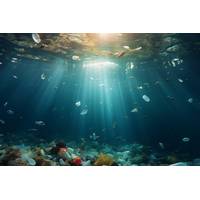
Microplastics Becoming Measurable Part of Ocean’s Carbon Cycle
; East China Normal University; NIOZ Royal Netherlands Institute for Sea Research, The Netherlands; The Ocean Cleanup, The Netherlands; Egger Research and Consulting, Switzerland; University of Amsterdam, The Netherlands; Utrecht University, The Netherlands; Universidad Catolica del Norte, Chile; Smithsonian Environmental Research Center; Harvard University; University of Siena, Italy; and the National Biodiversity Future Center, Italy
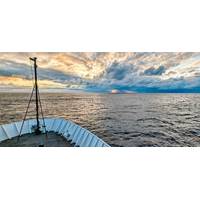
18 Ocean Experts Named to Federal Panel
Northwest Indian Fisheries CommissionChristopher Ostrander, Marine Technology SocietyClaire B. Paris-Limouzy, Rosenstiel School of Marine, Atmospheric & Earth Science, University of MiamiPurnima Ratilal-Makris, Northeastern UniversityEdward Saade, Circum-Pacific Council; EJS SolutionsAna Spalding, Smithsonian Tropical Research Institute; Oregon State UniversityAmy Trice, Northeast Regional Ocean CouncilMaria Tzortziou, The City College of New York, of the City University of New YorkViolet Sage Walker, Northern Chumash Tribal CouncilKawika Winter, Hawaiʻi Institute of Marine Biology, University of Hawai'
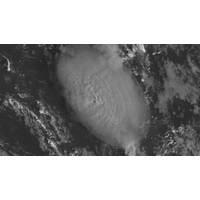
Scientists Struggle to Monitor Tonga Volcano After Massive Underwater Eruption
active Pacific Ring of Fire, sent tsunami waves across the Pacific Ocean and was heard some 2,300 kilometerss (1,430 miles) away in New Zealand."The concern at the moment is how little information we have and that's scary," said Janine Krippner, a New Zealand-based volcanologist with the Smithsonian Global Volcanism Program."When the vent is below water, nothing can tell us what will happen next."Krippner said on-site instruments were likely destroyed in the eruption and the volcanology community was pooling together the best available data and expertise to review the explosion
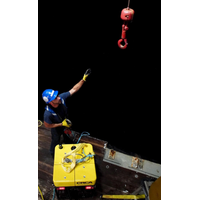
Giant Squid Filmed in America's Backyard
. The two of us that knew squid the best were "70 percent sure" it was a juvenile giant squid, but we couldn't go any further. We needed one of the best squid experts in the world, Michael Vecchione at the NOAA National Marine Fisheries Services - National Systematics Laboratory at the Smithsonian. Unfortunately, we were in the midst of a set of strong squalls, so the Internet was down and we had no way to reach him.What happened next was something that we truly never expected. About 30 minutes after Nathan first saw the squid on the screen, lightning struck the ship.A close lightning strike
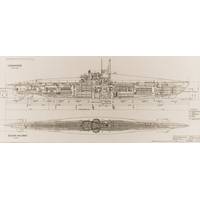
The Hunt for the Notorious U-Boat UB-29
may have stuffed cotton in their mouths and noses and drowned themselves. Both were known to happen. “Terrible,” says Termote. However they met their end, they lie within UB-29’s steel walls, buried in the sand that has filtered through its cracks for a hundred years.Copyright 2018 Smithsonian Institution. Reprinted with permission from Smithsonian Enterprises. All rights reserved. Reproduction in any medium is strictly prohibited without permission from Smithsonian Institution
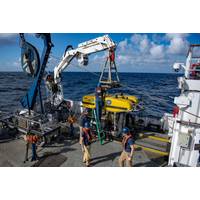
Possible Meteorite Fragments Found in Marine Sanctuary
; larger than the 2003 Park Forest, Ill., meteorite, which had previously held the record for the largest meteorite to hit the U.S.The fragments collected will be analyzed further to confirm they are meteorite material and then rinsed several times in deionized water prior to being shipped to the Smithsonian Museum of Natural History in Washington, D.C., to potentially become part of their collection
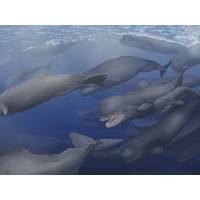
Scientists Dust Off Enigmatic Fossil Whale
during his maritime career sailing the open seas. More than 160 years later, little of Ishmael’s proposed classification remains intact, having given way to countless revisions in scientific understanding of the evolution and diversity of living whales. Now, scientists with the Smithsonian’s National Museum of Natural History are re-examining the classification of an extinct 15 million-year-old fossil sperm whale. The fossil whale was originally described and named in 1925 by Smithsonian scientist Remington Kellogg as Ontocetus oxymycterus, but Kellogg miscategorized it as
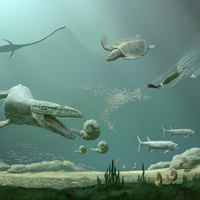
Marine Predator Evolution Tracks Ancient Ocean Changes
Smithsonian scientists show how repeated marine predator evolution tracks changes in ancient and anthropocene oceans For more than 250 million years, four-limbed land animals known as tetrapods have repeatedly conquered the Earth’s oceans. These creatures—such as plesiosaurs, penguins and sea turtles—descended from separate groups of terrestrial vertebrates that convergently evolved to thrive in aquatic environments. In a new scientific review, a team of Smithsonian scientists synthesized decades of scientific discoveries to illuminate the common and unique
Melting Sea Ice Opens Arctic Passages for Invasive Species
For the first time in roughly 2 million years, melting Arctic sea ice is connecting the north Pacific and north Atlantic oceans. The newly opened passages leave both coasts and Arctic waters vulnerable to a large wave of invasive species, biologists from the Smithsonian Environmental Research Center assert in a commentary published in 'Nature Climate Change' and excerpted here. Two new shipping routes have opened in the Arctic: the Northwest Passage through Canada, and the Northern Sea Route, a 3000-mile stretch along the coasts of Russia and Norway connecting the Barents and Bering seas. While new


 February 2025
February 2025





